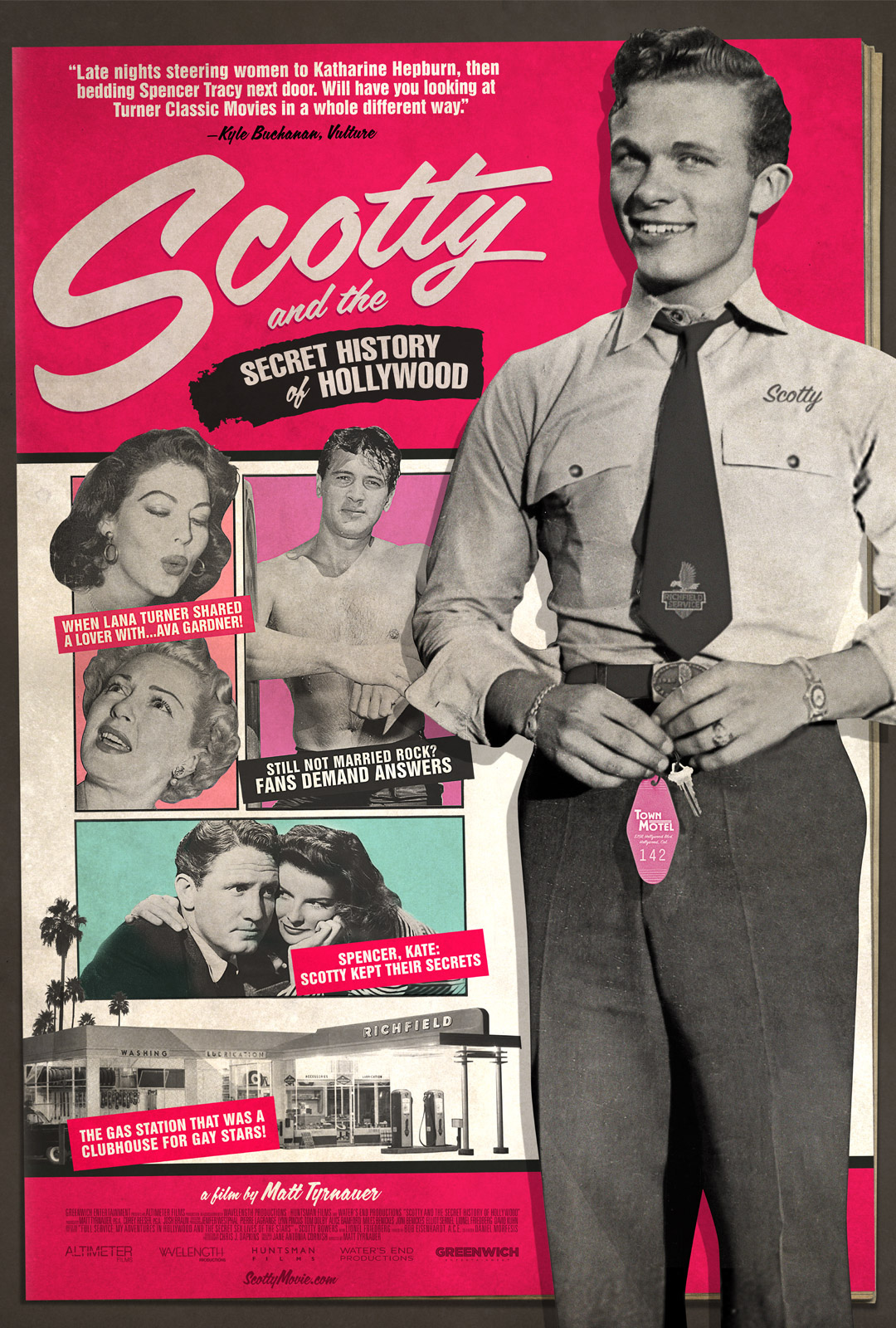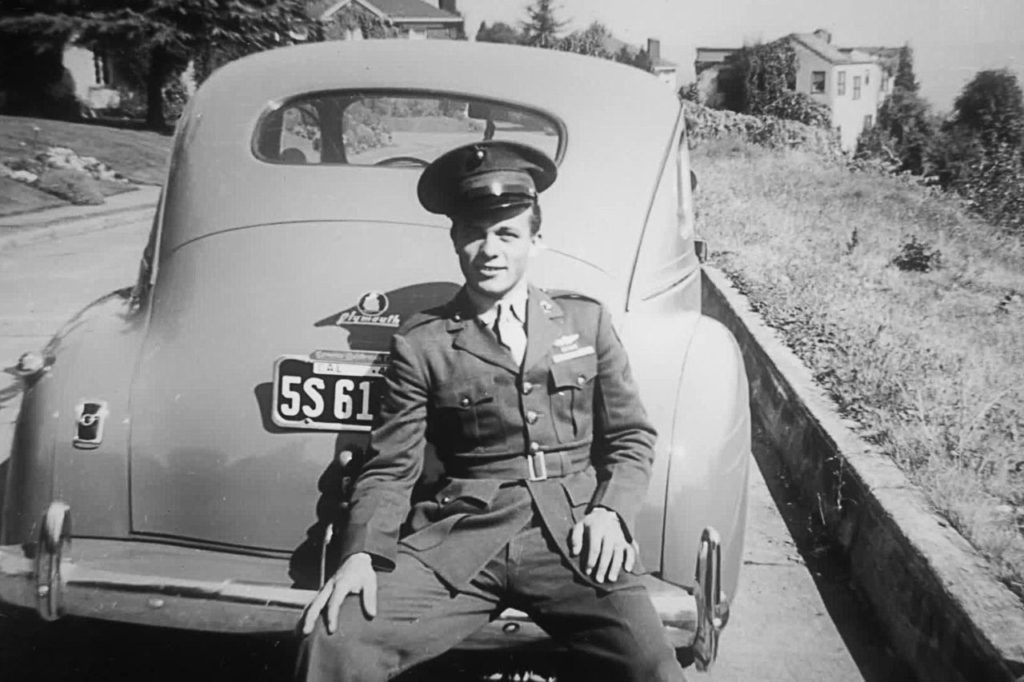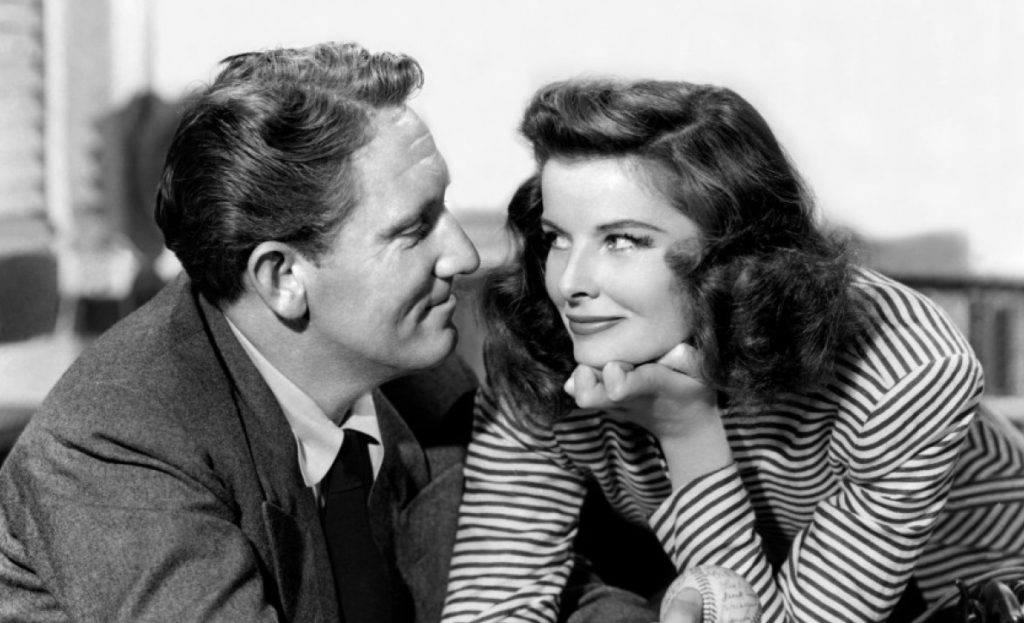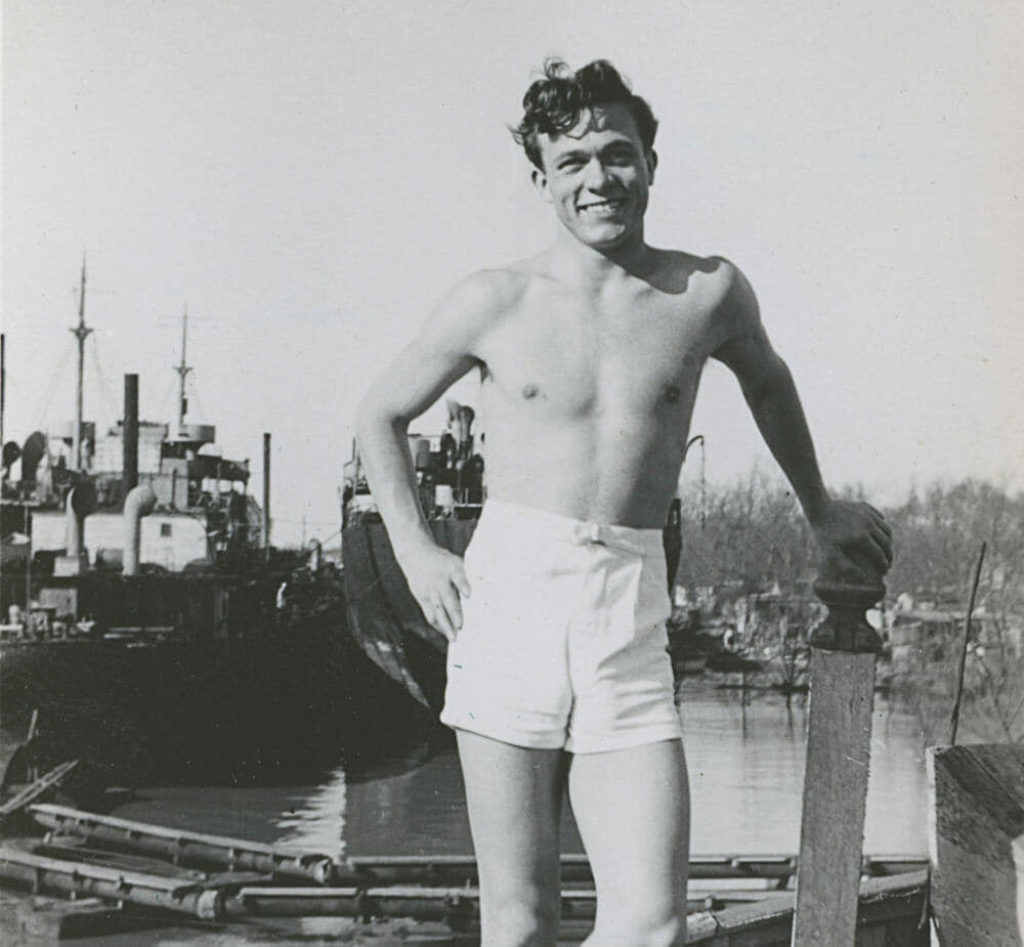SCOTTY IN WONDERLAND
The Life and Death of a Sexual Zelig

Back in the day, when Hollywood stars were indentured servants to the studios, there was something called The Hayes Code. From 1934 until 1968, the set of strict moral guidelines about what would be acceptable in motion pictures forbade things like excessive and lustful kissing, suggestive postures and salacious gestures. Back then, passion had to be treated in a manner that would not stimulate the “lower and baser emotions” and sexual perversion, or any inference to it, was forbidden.
In that antiseptic climate, the stars were treated like the dream factory workers they were. Their contracts contained moral clauses that, if breached, could result in their losing their fans and their careers. While those clauses kept studio press agents busy killing tabloid headlines that could sabotage a career and wreak havoc with studio profits, it forced the talent to curb louche behavior, and, for many it meant denying their sexuality. So, while there were gay bars like Jimmy’s Backyard and B.B.B.’s Cellar, most Hollywood stars went underground to find sexual partners. Many of them eventually made their way to a Richfield gas station on Hollywood Boulevard where Scotty Bowers, recently returned from service in the Pacific, was pumping gas.

One day, two-time Academy Award nominee, Walter Pidgeon (Mrs. Miniver) pulled in for a fill-up and the ever-industrious Scotty was all too happy to oblige. Such started the illustrious career of one Hollywood’s most notorious fixers (pimp isn’t an apt description because Scotty never took money for his own trysts or those that he arranged for a cavalcade of stars, both male and female, with a stable of handsome young men and women returning from the war).
With sparkling blue eyes, an impish grin and a legendary appendage, Scotty was quickly on everyone’s must-invite list. His clients and friends read like a who’s who of Hollywood’s golden age, which aside from Mr. Pidgeon, included Spencer Tracy, George Cukor, Charles Laughton, Cary Grant, Vivien Leigh, Katherine Hepburn, Randolph Scott, The Duke and Duchess of Windsor and Vincent Price, to name a few.

I first met Scotty in 1993 when I moved into the house across the street from him in Laurel Canyon. He was the unofficial mayor of Kew Drive, where he knew everyone, and was always willing to help out if you needed anything, and I mean literally anything, because as a hoarder, his garage, his house and even his white pickup truck, were packed with everything and anything from Allen wrenches to flashlights, old photos to kerosene lamps. He would open the garage door and know exactly where to find the portable humidifier that he had stashed away back in the 80s or the signed copy of his good friend, Gore Vidal’s Lincoln. But it was his stories, told with accuracy and an attention to detail that belied his 96 years, that were among the most valuable things he shared.
I can remember him in the street with his dog, Baby, on trash day, straightening all the neighbors’ garbage containers. In his characteristic blue denim work shirt, which complemented his twinkling eyes, he always had a story to tell. One of my favorites was about the night during the war when, in the midst of gasoline rationing, Randolph Scott drove him (with blackout headlights mind you) from Hollywood to San Diego. He talked fondly of Mr. Scott and always referred to him as “a sweetheart”. He didn’t have such kind things to say about Scott’s boyfriend, Cary Grant. He described Cole Porter as “a mad queen who couldn’t get enough cocks to suck,” and he’d be more than happy to tell you about Katherine Hepburn’s girlfriend who used to complain about her aching jaw after orally servicing the actress for hours.
I begged Scotty to write a book and tell the stories that he had shared with me. Stories that included his post-gas station escapades when he had segued to bartending at private parties. Unlike the character Tom Cruise played in Cocktail, Scotty didn’t throw glasses over his shoulder. His signature move was less acrobatic and involved stirring the drinks with his ample penis. “Why do you think they call it a cocktail?” he would snicker. Apparently one night at a party, Bea Arthur (The Golden Girls) bellied up to the bar and seeing Scotty’s swizzle stick routine demanded a Martini, “shaken, not stirred.” Scotty finally wrote his tell-all book, Full Service, in 2012. The book became a New York Times bestseller.

Born George Albert Bowers in Ottawa, Illinois, on July 1, 1923, Scotty’s sexual awakening occurred early on with a neighbor and continued with a clergy house of priests from a nearby church when his family moved to Chicago. He never felt victimized by the adults he had sex with, claiming that he was “more than a willing participant” in the liaisons. He was eventually interviewed by sexologist Dr. Alfred Kinsey who accompanied him to orgies, purely for academic purposes. His story, lovingly recounted in Matt Tyrnauer‘s documentary, Scotty and the Secret History of Hollywood, and soon to be made into a feature film, wasn’t all parties and celebrities. His brother was killed in the battle of Iwo Jima, his only daughter, Donna, died from complications of a botched abortion at the age of 23. His wife, cabaret singer, Lois Broad, died in 2018.
Scotty broke his hip in 2018 and was wheelchair bound in failing health since the accident. But that didn’t stop him and he was seen as recently as a month ago at The Gardenia in Hollywood where he was a faithful customer, often keeping his aides out until 3 AM. He died Sunday, October 13 at his home in Los Angeles ending the life of one of the most unforgettable characters I had ever met. Sleep well, dear Scotty, we won’t be seeing the likes of you any time soon.
